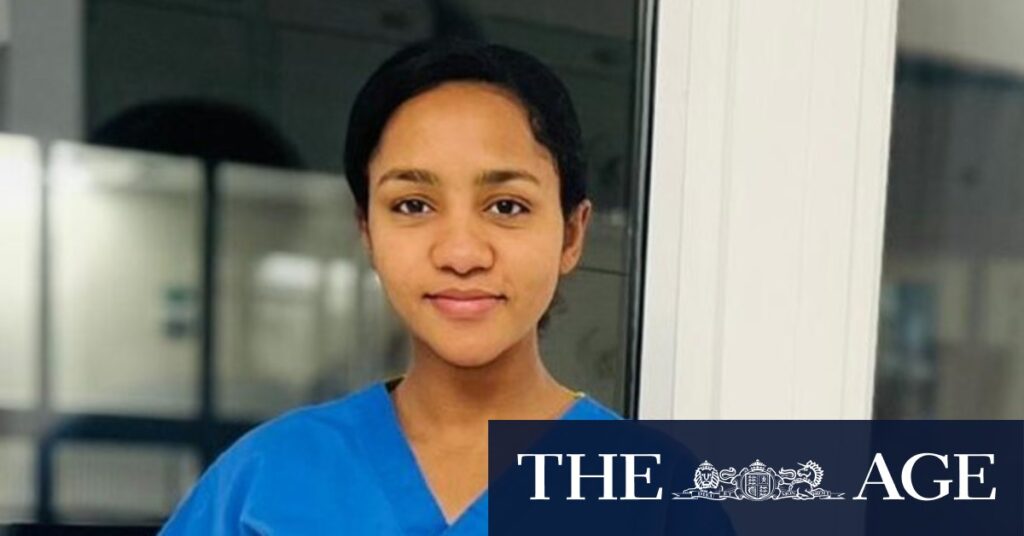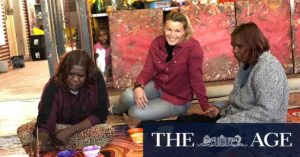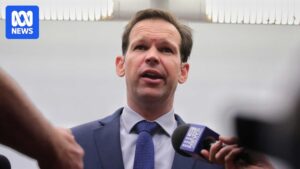
The bus driver in Dover has a straightforward opinion about the asylum seekers crossing the English Channel each week. “Too many do-gooders,” he remarks, standing near the docks of the port city. While not overtly angry, he wishes for the crossings to cease, believing that those aiding the asylum seekers are exacerbating the issue. His solution? Make it more challenging for anyone attempting the perilous journey from France.
The sentiment is echoed by many in Dover, a city that has become synonymous with the ongoing migrant crisis. On a quiet weekday morning, the seafront is mostly deserted, save for a few residents willing to share their thoughts. One woman, strolling by the water, suggests some are genuine refugees, but most, she claims, are economic migrants. Another resident expresses concerns about criminals among them. Yet, these locals have not met Rishan from Eritrea, whose story offers a different perspective.
The Journey of Rishan
Rishan, now residing about 25 minutes from Dover, crossed the channel at the age of 17. Her journey, however, was not on an inflatable boat but hidden in the back of a truck. A decade later, she is a nurse in Canterbury, providing a human face to the complex debate surrounding asylum seekers.
Her family’s escape from Eritrea was driven by the oppressive dictatorship, leading them to Sudan, where Rishan grew up stateless and without prospects. “One day, I left home without telling my family. I made a decision: I don’t want to live like that,” she recounts. Her journey took her from Sudan to Libya, and after a four-month wait, she found a boat to Italy, eventually reaching the UK.
“The journey was awful because it was so traumatising. The adrenaline would keep you going, on and on,” Rishan recalls. “Especially in Calais. Nobody approached me to say, ‘would you like to apply for asylum?’ because I didn’t know how the asylum process worked.”
Challenges and Triumphs
Upon arriving in the UK, Rishan faced a new set of challenges. As a minor, she was placed with foster families until she turned 21. Initially reclusive, she eventually found solace in a loving extended family, which included other young asylum seekers. “She was amazing. I loved her and I loved the whole family,” Rishan says of her foster grandmother.
Now a media ambassador for the Kent Refugee Action Network, Rishan advocates for young unaccompanied refugees and asylum seekers. The charity handled 350 cases last year, providing 45,000 hours of teaching time. Rishan is frustrated by media portrayals that dehumanize asylum seekers, reducing them to mere statistics.
“Innocent people cross here to seek safety, and it is just put down as the number of illegal people. They are fleeing persecution, which is well known in countries like Eritrea or Sudan,” she emphasizes.
A Broader Perspective
Rishan’s story is a testament to resilience and determination. She started working as a nurse last September, while her peers have pursued careers in business, therapy, and technology. Yet, most Britons remain unaware of the contributions made by former asylum seekers like Rishan.
Meanwhile, the portrayal of asylum seekers in media often focuses on young men being taken into asylum-seeker hotels. Recent statistics reveal that 73 percent of asylum seekers are male, with only 7 percent being females aged 17 and under, like Rishan.
There were 25,771 asylum applications in the UK in the year to June 2015. By June 2025, this number had surged to 111,084, including 43,600 who arrived by boat.
Looking Forward
The debate in Dover reflects a broader national conversation about immigration and asylum. As the UK grapples with increasing numbers of asylum seekers, stories like Rishan’s highlight the human element often missing from the discourse. Her journey underscores the complexities faced by those fleeing persecution and seeking a new life.
As Rishan and others continue to integrate into British society, their experiences and contributions challenge prevailing narratives, urging a more nuanced understanding of asylum seekers’ realities and potential.







